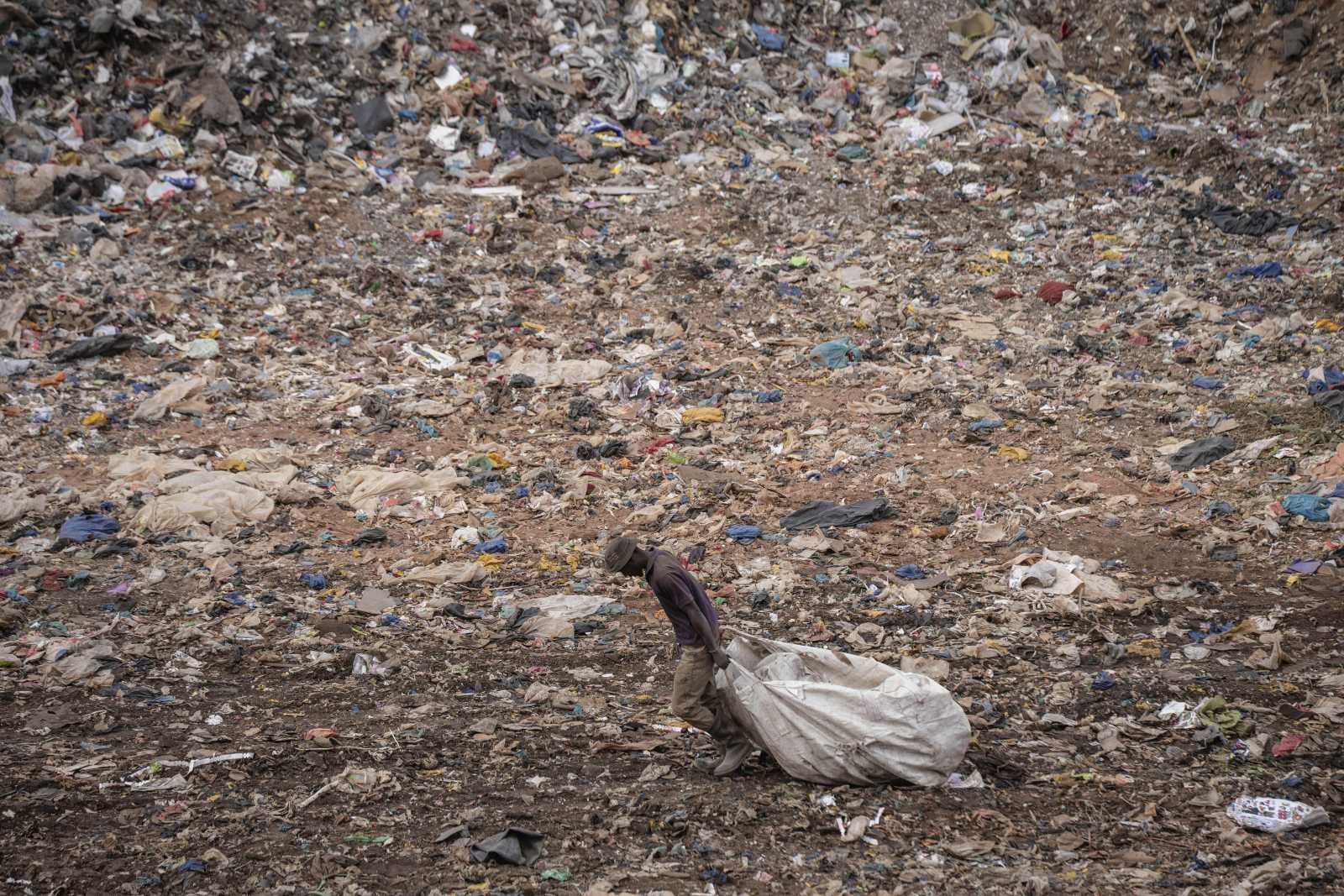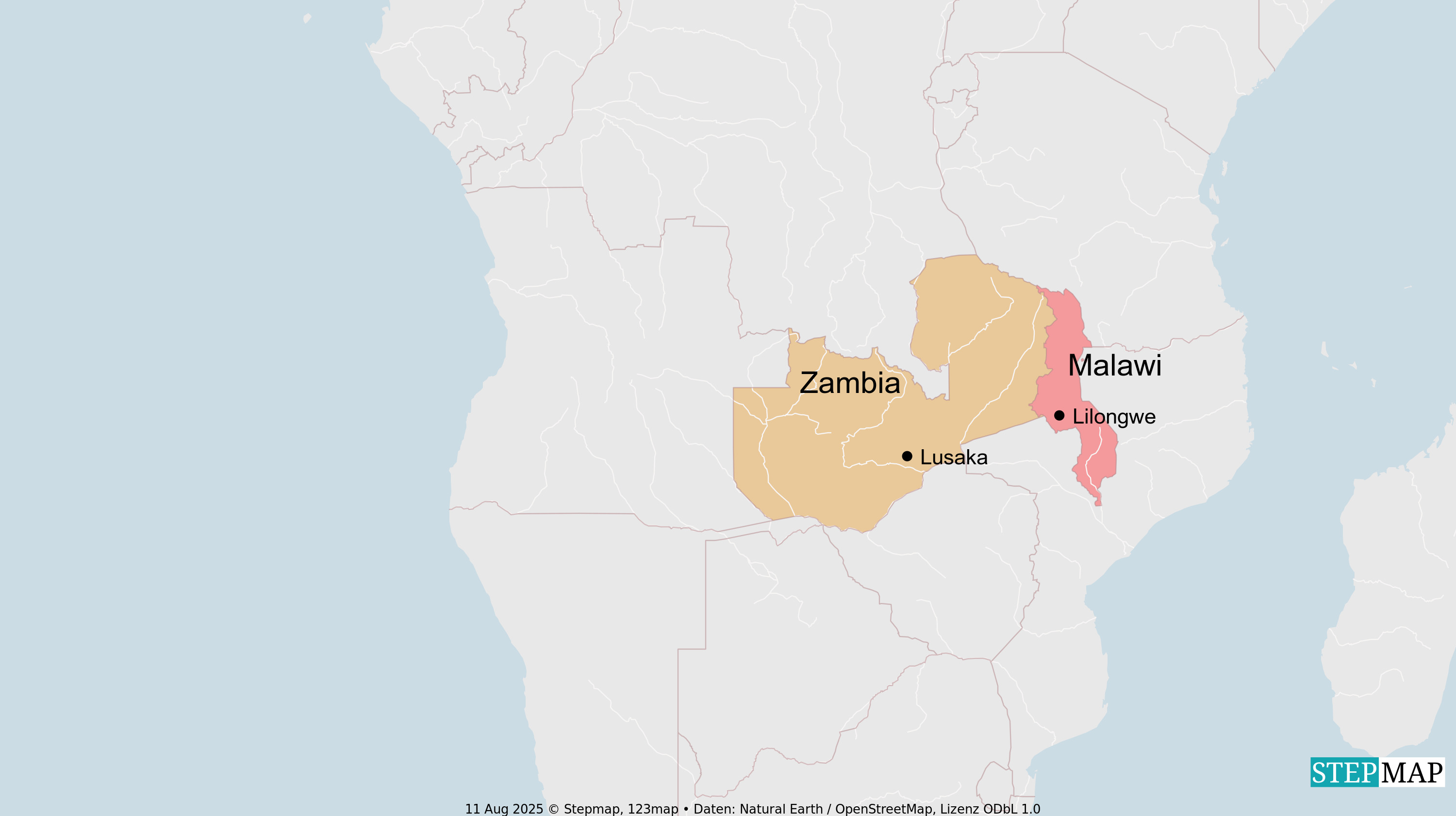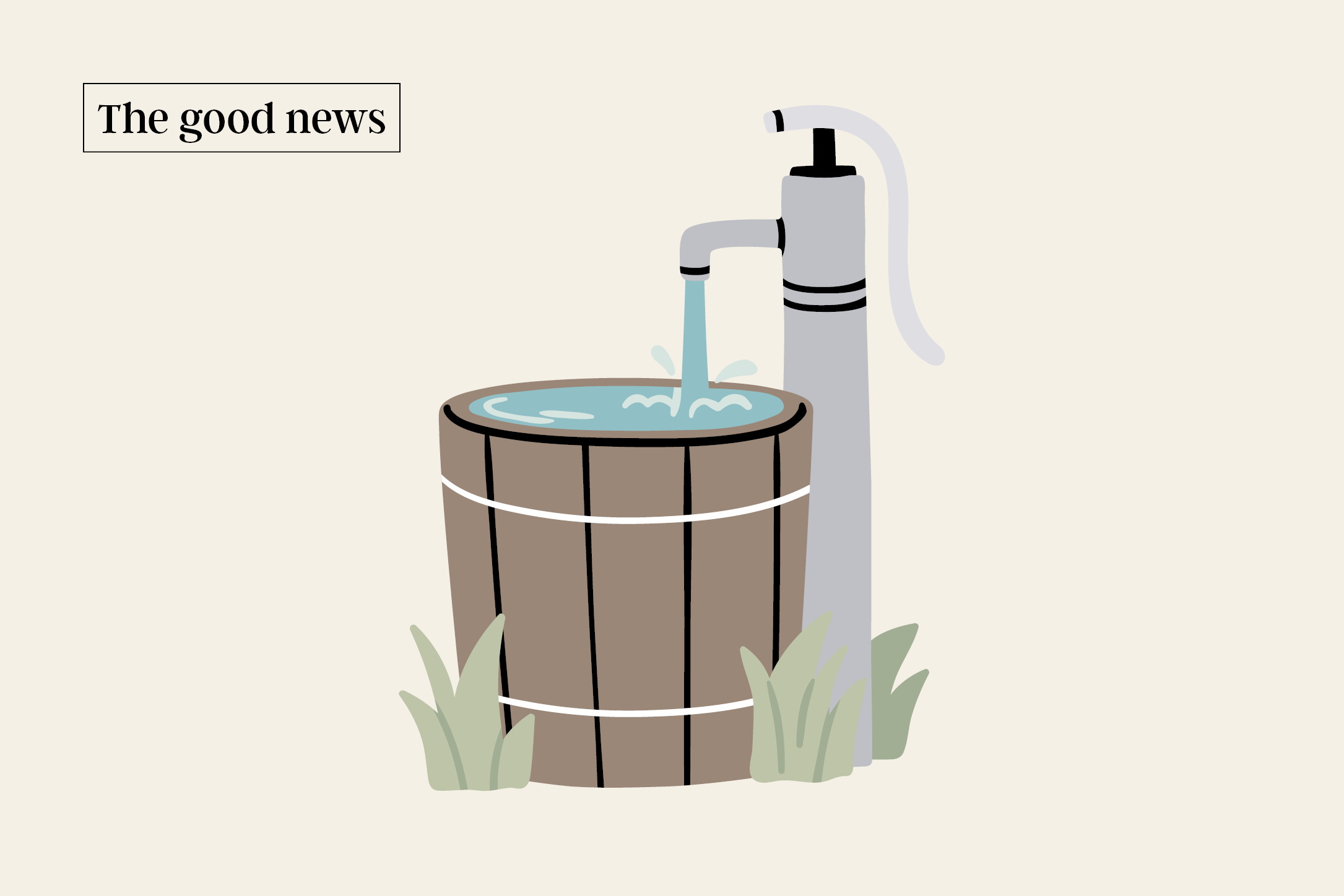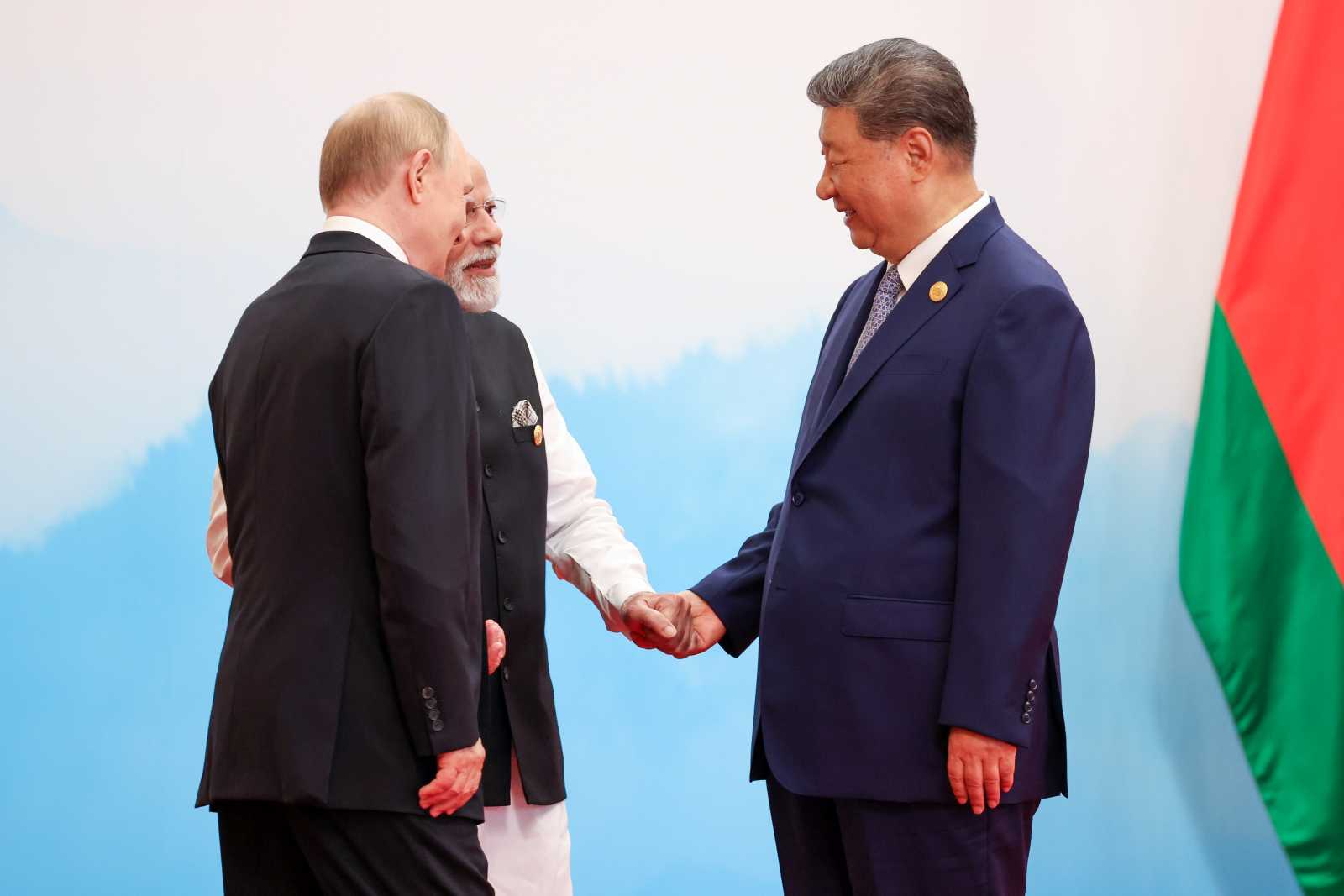Infectious disease
“Quality management matters a lot”
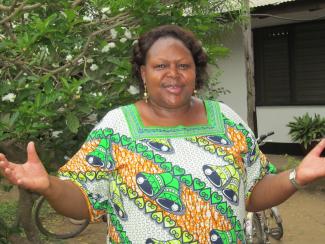
Who is most affected by Malaria?
Children under five and pregnant women are most at risk. If a child of that age group is not treated appropriately, it may die of malaria. Treated the wrong way or not at all, malaria can hinder growth and result in disabilities and brain damage moreover. As for expecting mothers, malaria increases the risks of premature delivery and miscarriage. When children suffer from fever convulsions, some women believe their kids are obsessed by bad spirits and visit witch doctors. But most women today understand malaria and go to the next health facility to have their child treated.
How does malaria impact on the economic development of the country?
Those who suffer from acute malaria cannot work. And when people die, their skills are lost. According to the World Health Organisation’s Roll Back Malaria Initiative, this disease causes direct costs of about $ 12 billion in Africa annually. Obviously, that has an impact on economic growth in general too. However, public-private initiatives such as our ACCESS project have assisted households to recognise and treat malaria effectively and also prevent infection. The idea of ACCESS was to cooperate with existing institutions like health facilities and the district health-management teams to improve access to malaria treatment. In the two districts where we have been active since the beginning, infant mortality due to malaria has declined by 20 %, from 25 of 1000 children to 20 in 1000.
What are the greatest challenges?
First of all, we must understand what exactly hampers access, on both the supply and the demand side, and then we must remove such obstacles. On the supply side, the relevant issues are the quality of services and the professional competence of health care providers. On the demand side, the issue is money, people must be able to afford health-care services. So they either have to join a Community Health Fund, which is a rural micro insurance scheme, or pay for every single treatment.
Every treatment must be paid for?
Yes, except for exempted vulnerable groups such as children under the age of five, pregnant women and the elderly above 60 years. In some areas the exemption mechanism does not work however. And sometimes, medicines are out of stock at regular health facilities and then even those who are entitled to them have to buy in the dispensary. Payments are a big challenge in rural areas. In the harvest and marketing season, people have money. But later, they’ll have to borrow money, sell something or take something to a pawn shop.
In many developing countries, women take care of their families’ well-being, but they tend to have only very little money.
Yes, and accordingly we had to face the question of how to mobilise resources, and boost households’ incomes. We have supported ten savings groups of women with money. We didn’t hand out commercial credits with high interest rates of up to 20 %, which are very hard to pay back. Rather, ACCESS granted the savings’ groups up to 3 million Tanzanian shillings – which is equivalent to $ 1800 or so. The idea was to enable them to invest in income generating activities. The groups manage the funds, and members take loans from the group according to collectively agreed conditions. We demand, however, that there must always be some money left in the group fund for emergencies.
Are there other conditions?
Yes, the women must sleep under insecticide-treated bed nets. They have to make use of pre-and postnatal care, and they must give birth at health centres, not at home. Moreover, the group members must conduct health-promotion activities according to the needs of their communities. Finally, they must join the local Community Health Fund, which does not cost much. In the Ulanga District, the annual premium is the equivalent of three dollars, in the Kilombero District it is about six dollars.
And those who pay the premium are entitled to the service of their District’s health facilities?
Yes, anyone who pays the premium can rely on the services of the closest health centre. Spouses and children up to 18 years are covered too. In Ulanga, up to eight family members are included, in Kilombero the number is only five. In Ulanga things are going very well. Today, 22 % of the target population are insured by the Community Health Fund. We want that share to rise to 30 % by 2015. To achieve that, we must ensure quality services and adequate medicine stocks. Unfortunately, there sometimes are shortages. We have to maintain the facilities well. Otherwise, the number of the insured will drop again. So we have a follow-up agenda for ACCESS. We’ll tackle these issues with support from the same partners in our new project ISAQH – Initiative to Strengthen Affordability and Quality of Healthcare.
The members of the women’s savings groups are taught how to protect themselves and their families from malaria. What about other people?
We do all sorts of things to reach out to them. For instance, we go to schools to teach youngsters about the causes and symptoms of malaria, and we tell them about treatment too. They pass their knowledge on to their families. In the planting season, when the parents are away from home for days to take care of distant fields, the older siblings are in charge of their younger brothers and sisters. They need to know what to do when someone suffers from high fever.
What other channels do you use for raising awareness?
We adapt to how the people live, so we go to the villages and talk to community members in meetings, we use drama groups, and we also broadcast our messages on the local radio.
What is the role of government bodies?
We obviously cooperate with the district authorities. We teach officers and draft expert opinions with them. Some problems are easily solved. If there is no soap in a health facility, soap needs to be bought. That does not cost much. But other challenges are more daunting. If we need a new placenta pit, for instance, we need funding from government agencies, and those agencies need to plan and use their budgets well. In Tanzania, the districts are responsible for pharma supply, but unfortunately, the distribution system is not very efficient. Again and again, we face shortages and bottlenecks. Responsible leaders and well-functioning bureaucracies are necessary, but in Tanzania, unfortunately, we cannot always rely on state institutions.
Do you have competent staff?
Yes, we do, but not enough. There are neither enough doctors nor nurses. We would need about 50 % more than we have. Continuous training would be helpful too.
What can be done to improve matters?
More people must be educated and trained in health professions. And we must do something to keep people in rural areas. We need attractive settings. The salary must be adequate, and so must the living conditions.
Does up-to-date information and communications technology play a role in improving access to health care?
Yes, ICT can prove most useful. Today, there are mobile phones in every village. They are powered with small solar devices. Text messages can serve to notify us of medicine shortages or misallocations. Sometimes even a diagnose can be done by text message. Novartis started a project called “SMS for life” in cooperation with Vodafone, the Tanzanian health ministry and others. Mobile phones and digitised data serve to monitor the supply of malaria medication, so bottlenecks are communicated fast. This project has been scaled up to cover the entire nation.
How do you assess whether a health facility is operating well?
By the quality of services provided. Quality management matters a lot, and it is challenging. There is competition among donors, all of whom have their own methods of quality assessment, even though we need harmonised rules. We use e-TIQH – this acronym stands for “electronic Tool to Improve the Quality of Healthcare”. This is a very good assessment tool. We collect data systematically, taking account of issues such as professional skills, staff motivation, equipment, sanitary facilities, frequent diseases et cetera. Of course, whether patients are satisfied or not matters too. In the past, everything was documented on paper. Today, there is a digitised data bank. The data can be used immediately, which helps us to tackle deficits fast and cost-efficiently.
Where did you get the tool from?
It was originally developed by the UNFPA, the UN Population Fund, but we adapted it to our needs, so it is home-grown. We want all health facilities in our country to use it.
Why is Tanzania one of the five countries that are most affected by malaria?
The main reason is geography, but climate matters too. Consider the Kilombero valley, for example. It has a river; it is sometimes flooded. It is a perfect breeding ground for mosquitoes and all sorts of disease vectors. In the 1950s, a Swiss scientist, Rudolf Geigy, came to Ifakara and found many different disease carriers on a single wild pig. He was in the service of the Swiss Institute for Tropical Medicine. Some 50 years ago, he started the Ifakara Rural Aid Centre, which later became the Ifakara Health Institute. We’ve been cooperating with Swiss research institutes and pharma companies for a long time.


